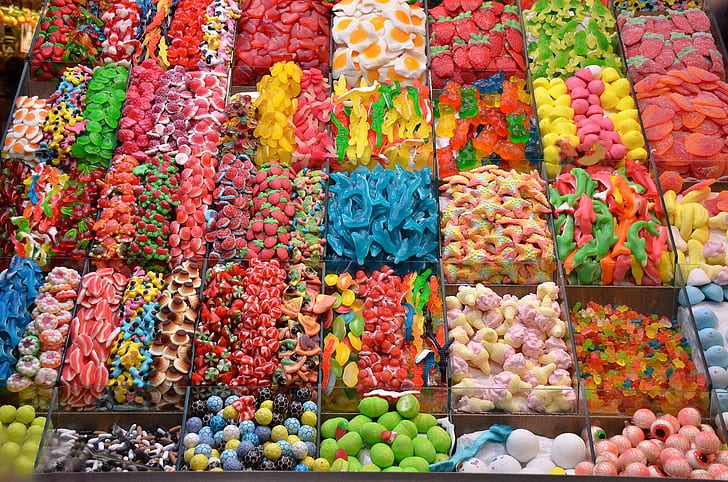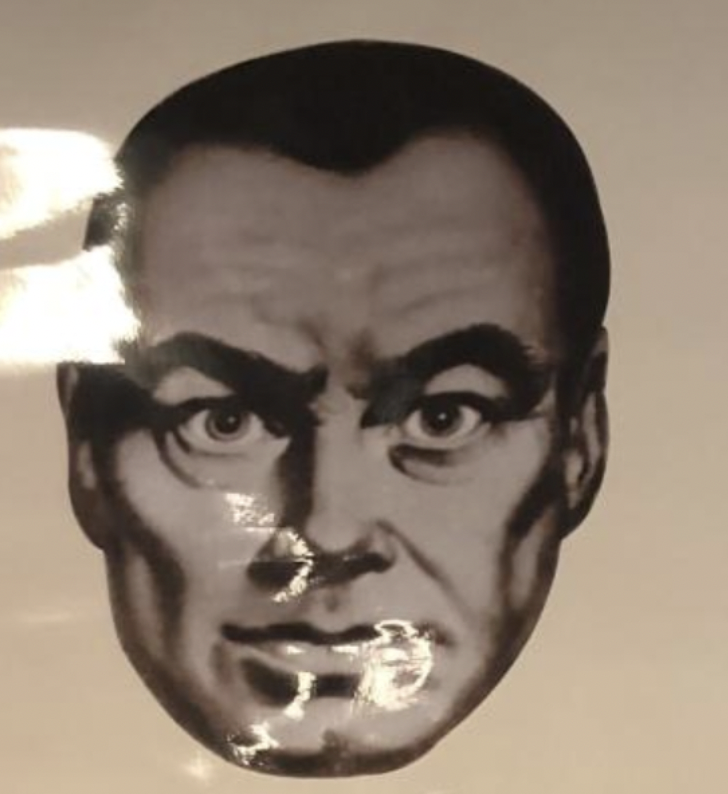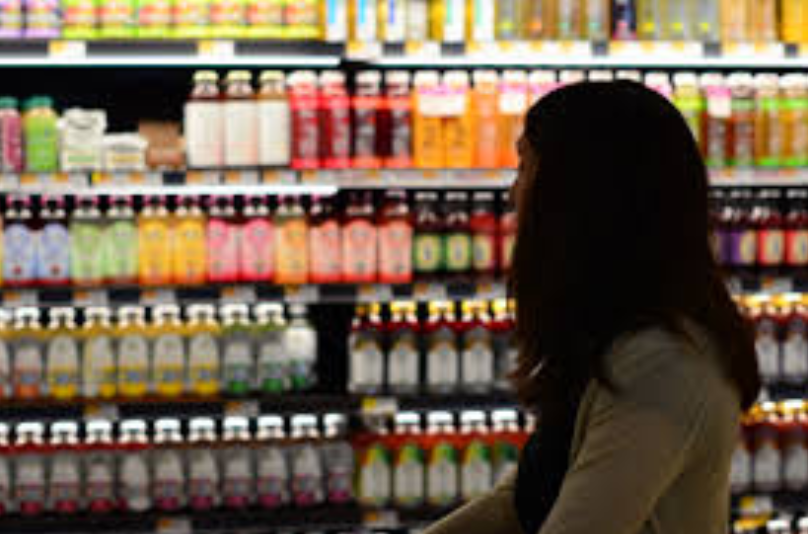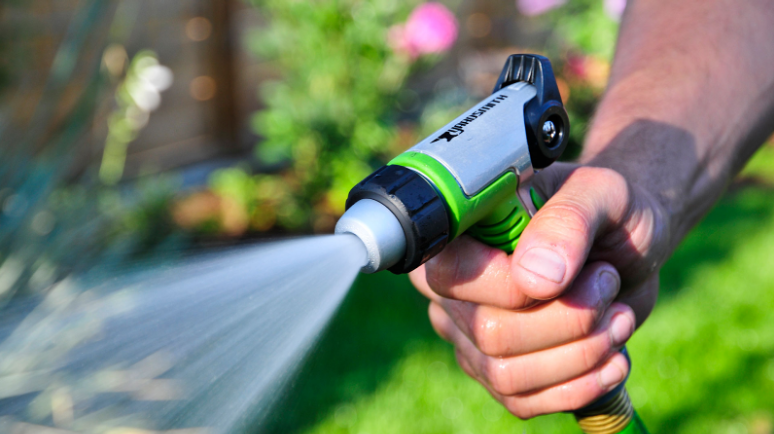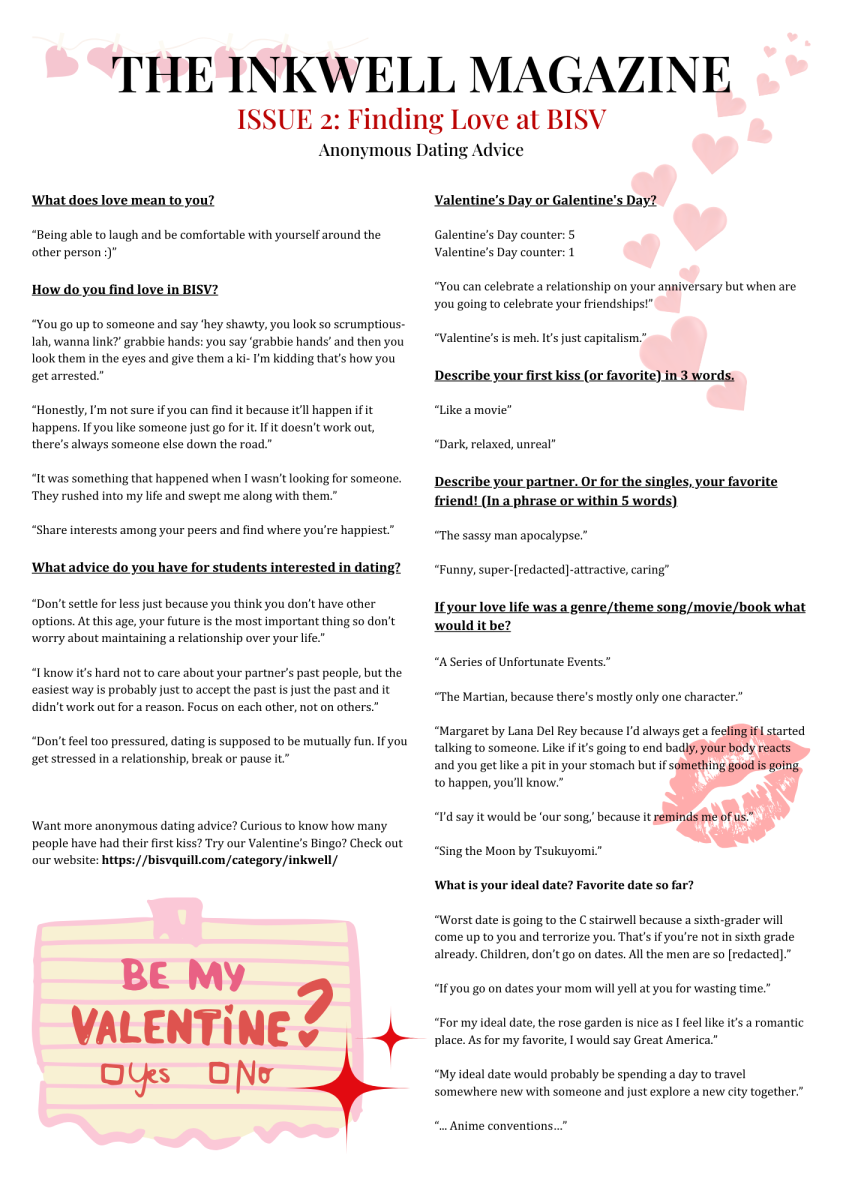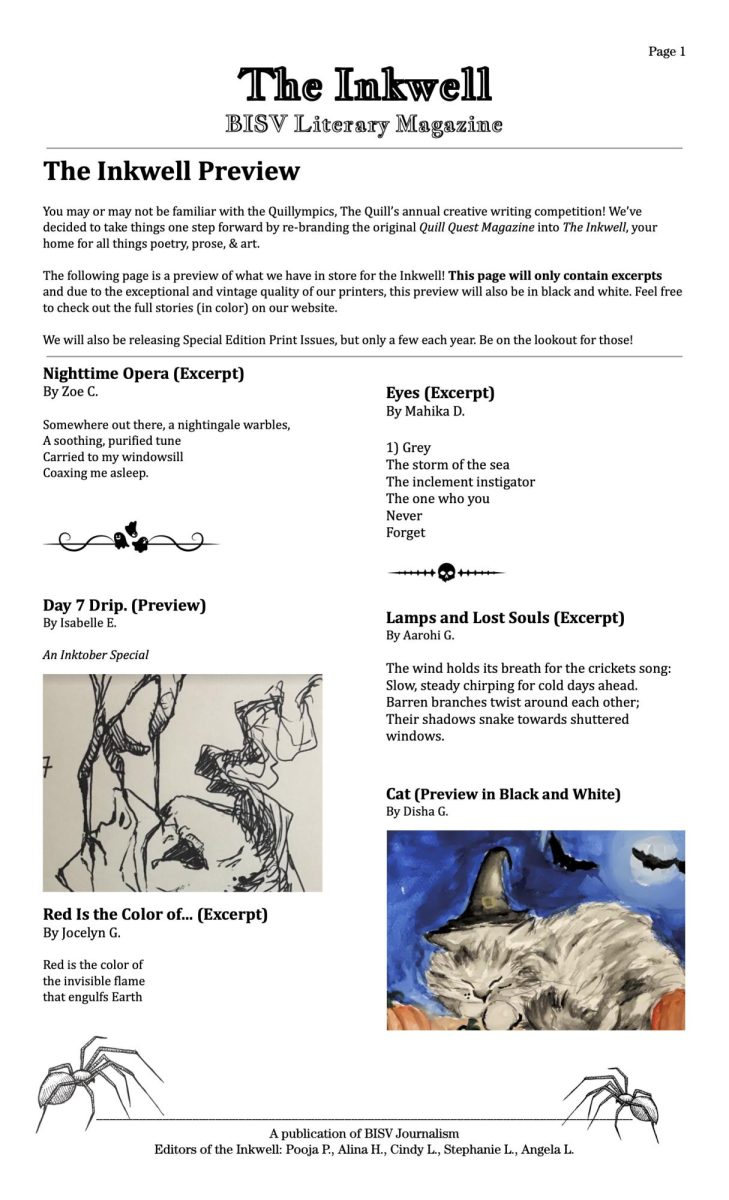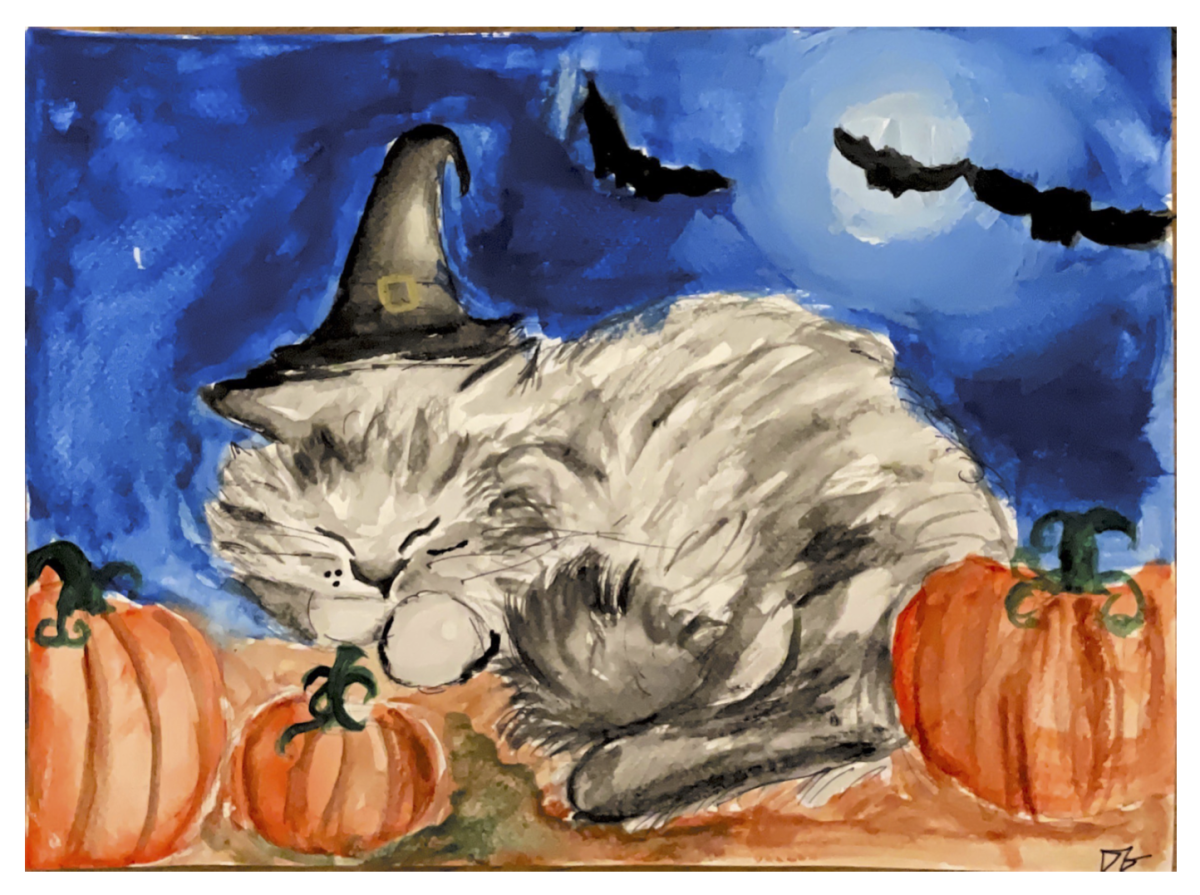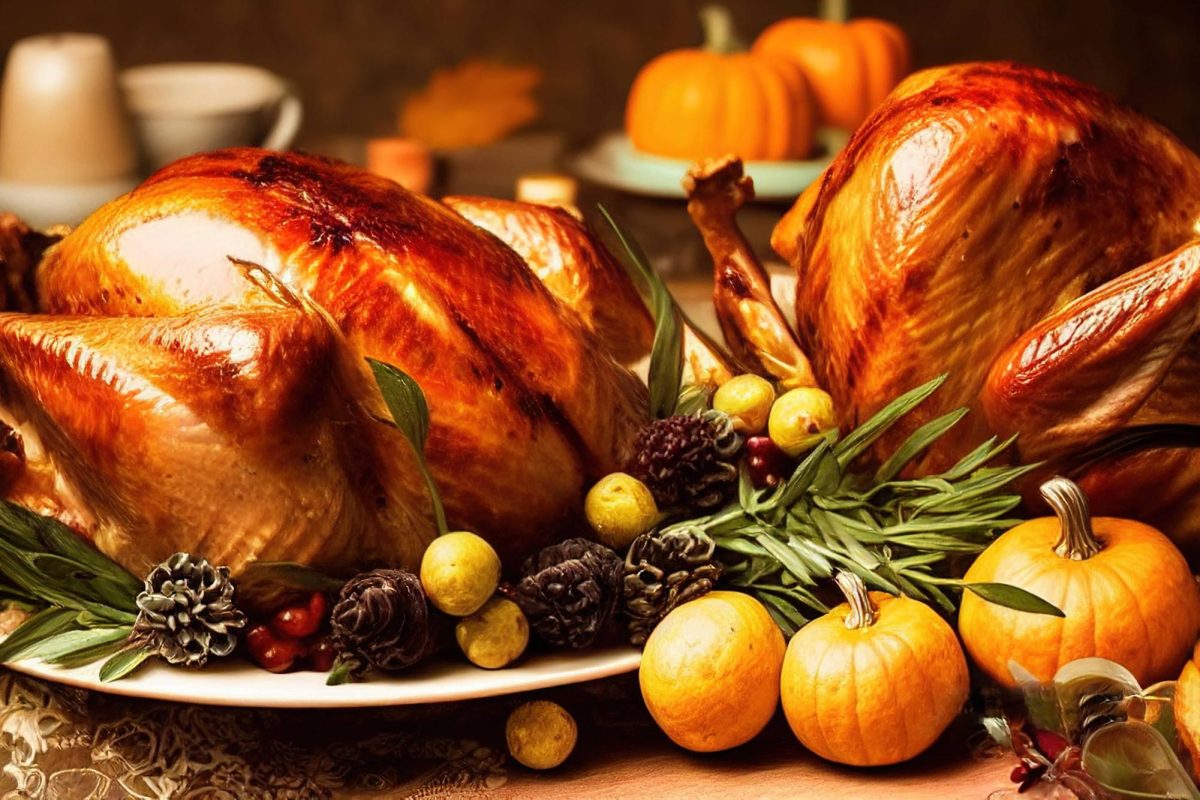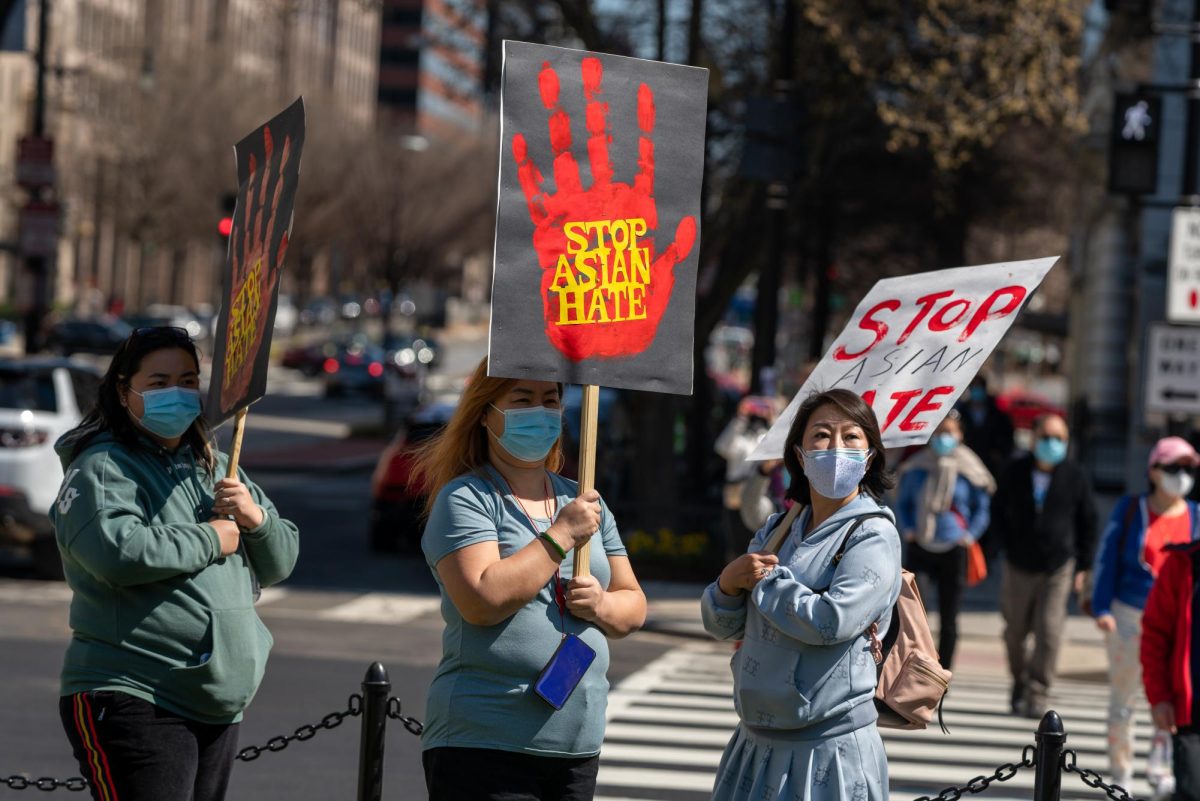Last October, with the passing of the Food Safety Act, California became the first state in the country to ban these four food additives: potassium bromate, propylparaben, BVO, and Red 3. These additives are connected to a range of harmful health effects, ranging from reproductive damage to cancer. In fact, the Food and Drug Administration (FDA) banned the use of Red 3 in cosmetics back in 1990 – just not in food, for whatever reason. They’ve also been banned in the European Union, United Kingdom, Canada, Australia, New Zealand, China, Japan, and several other countries. Skittles, candy corn, sugar cookies, and white bread are just a few of the multifarious products that often contain these chemicals.
This March, a proposal in California’s state legislature pushed to expand the ban to include the food dyes Blue 1, Blue 2, Green 3, Red 40, Yellow 5, and Yellow 6, as well as the additive titanium dioxide; however, unlike the previous bill, Assembly Bill 2316 specifically targets schools. The aforementioned chemicals have all been linked to damaging childhood development, particularly in terms of exacerbating symptoms of ADHD. This June, the bill advanced to the California State Senate.
The dyes and additives covered by the ban can be found in a concerningly large variety of familiar products, many of which call the BISV vending machines home. Some of these products include Gatorade, Doritos, M&Ms, and Flamin’ Hot Cheetos.
So what does this mean for the BISV vending machines?
First of all, the more recent bill only applies to products being served in public schools, so BISV is already safe. Additionally, neither bill constitutes a total, definitive ban on any foods containing the additives – companies can still sell their products as long as they replace the banned substances with healthier alternatives. For the most part, the banned substances are just dyes and preservatives, so replacing them will have little to no impact on the taste of the food. Companies already sell alternative versions of the snacks they produce in countries where these dyes have been banned for years, and while they may look different, they taste about the same as their American counterparts.
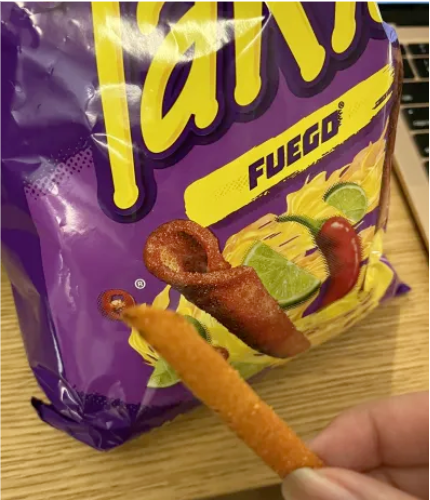
What Fuego Takis in the E.U., where Red 40 is prohibited, look like
Neither of these bills has been fully implemented. In fact, Assembly Bill 2316 hasn’t even been passed yet. The Food Safety Act will only start being fully enforced in 2027 in order to give food companies enough time to remove the banned additives. However, when (or if) they are put into practice, the students of BISV and their beloved vending machines will have nothing to fear.
Works Cited
Bradford, Alyssa. “California bill could ban food dye in schools. Are food dyes harmful?” Deseret News, 15 March 2024, https://www.deseret.com/lifestyle/2024/03/15/are-food-dyes-harmful/
Hernandez, Joe. “California becomes the first state to ban 4 food additives linked to disease.” NPR, 10 October 2023, https://www.npr.org/2023/10/10/1204839281/california-ban-food-additives-red-dye-3-propylparaben-candy
Hernandez, Joe. “Why Ban Flamin’ Hot Cheetos? Apparently, It’s All in the Food Dyes.” KQED, 18 March 2024, https://www.kqed.org/arts/13954287/why-ban-flamin-hot-cheetos-apparently-its-all-in-the-food-dyes
Kadvany, Elena. “Ban Flamin’ Hot Cheetos in California schools? New bill targets snacks with artificial dyes.” San Francisco Chronicle, 13 March 2024, https://www.sfchronicle.com/food/restaurants/article/cheetos-ban-assembly-bill-2316-18970432.php
Myers, Iris. “California lawmakers advance bill to shield school children from harmful food dyes.” Environmental Working Group, 26 June 2024, https://www.ewg.org/news-insights/news-release/2024/06/california-lawmakers-advance-bill-shield-school-children-harmful
Myers, Iris. “This cancer-causing chemical may be lurking in your bread.” Environmental Working Group, 4 May 2022, https://www.ewg.org/news-insights/news/2022/05/cancer-causing-chemical-may-be-lurking-your-bread



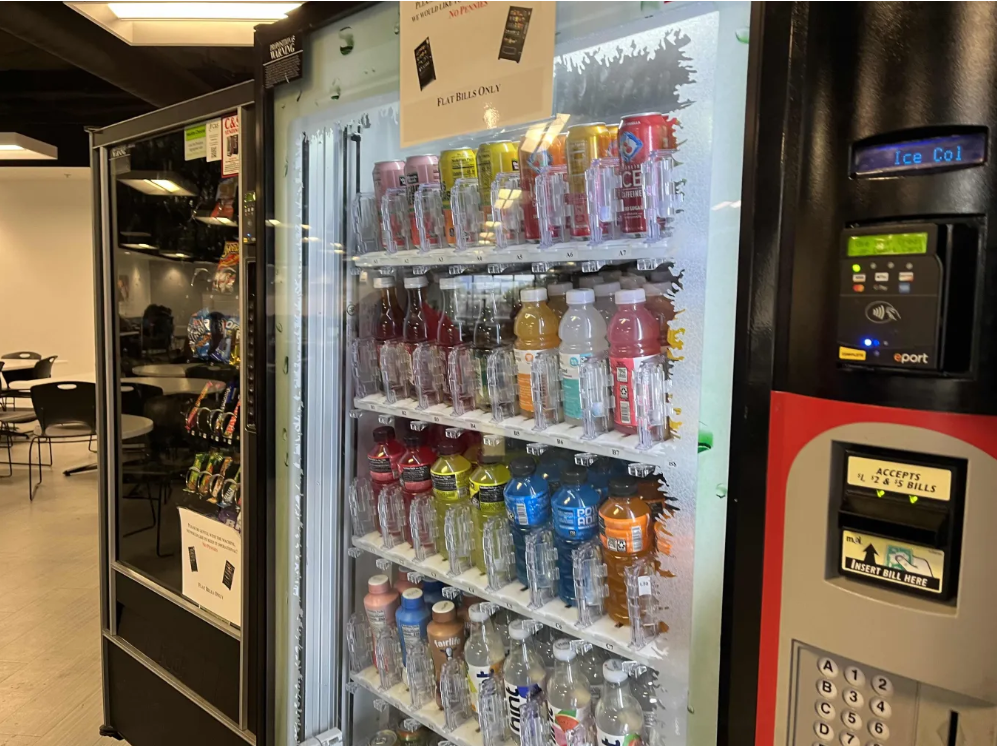
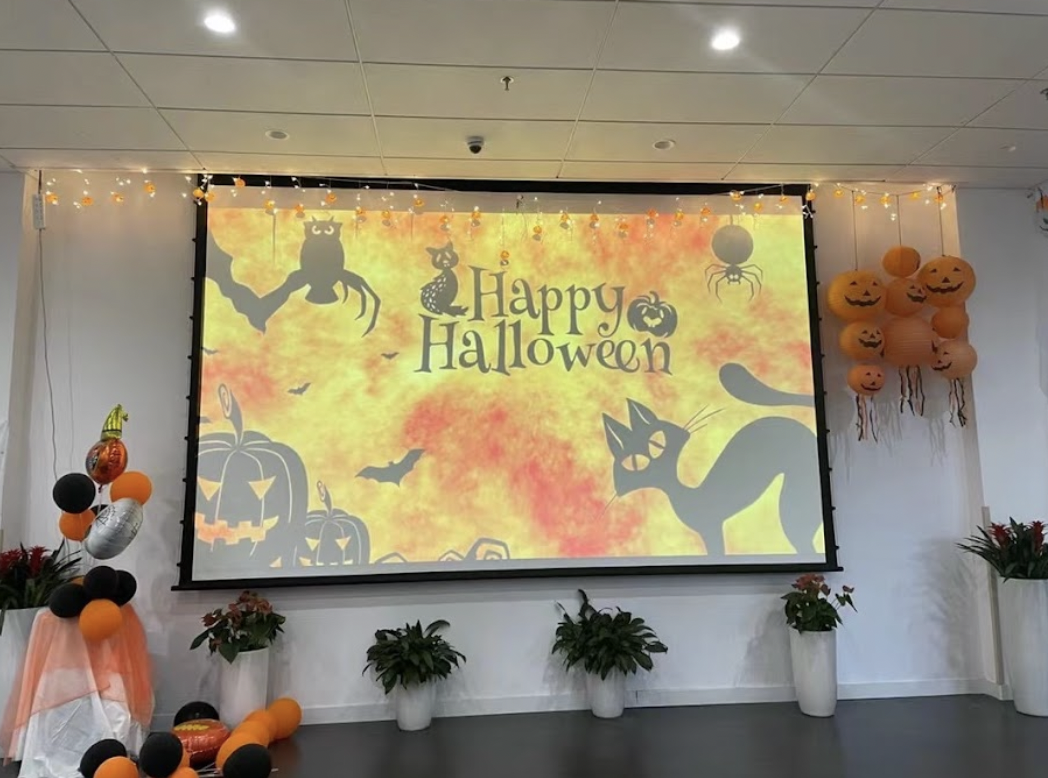
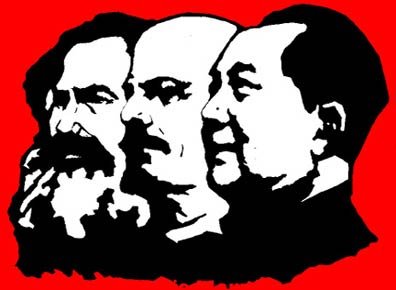

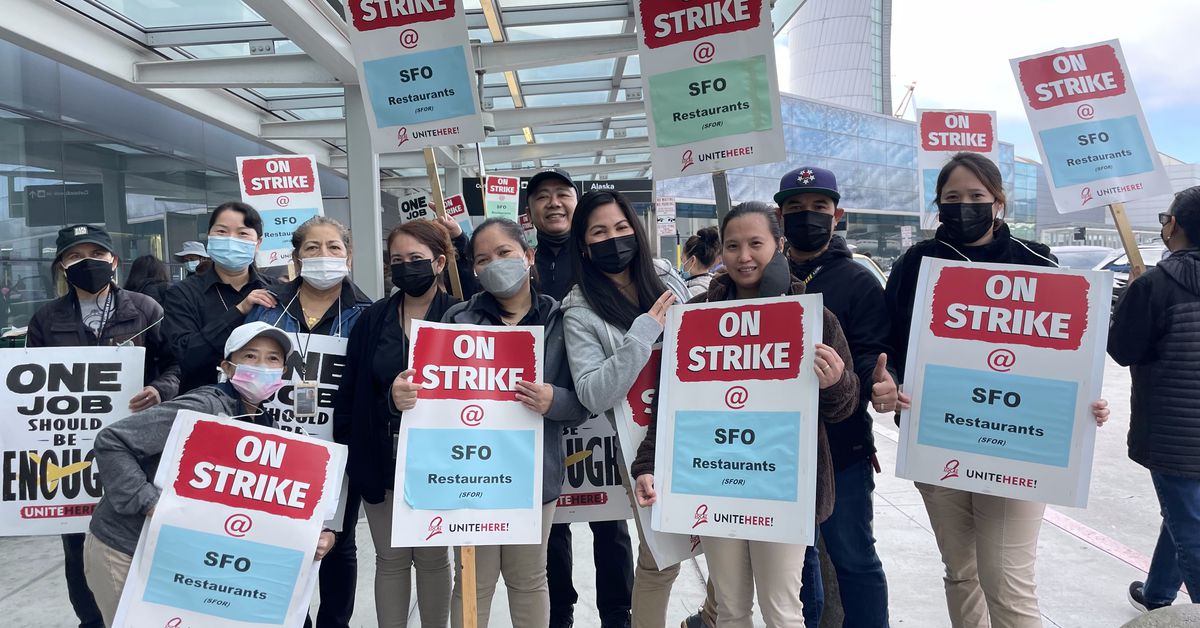

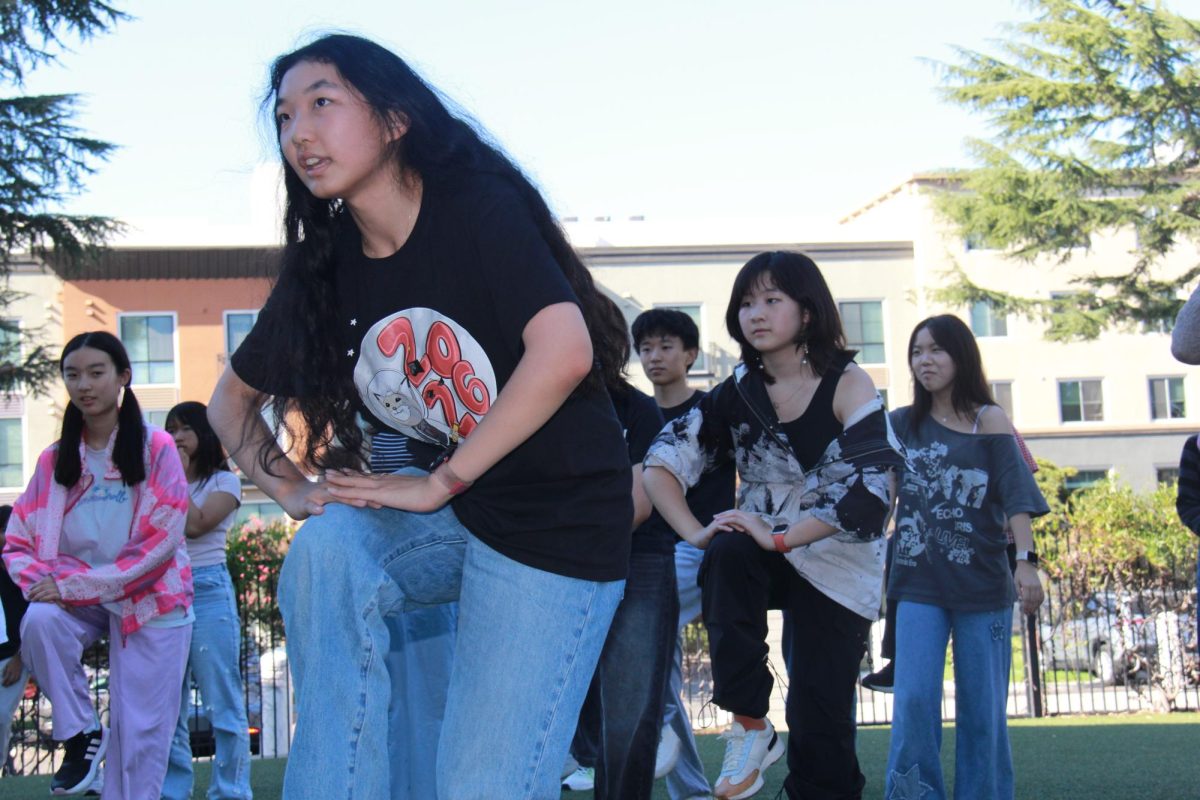





![Teacher [Milk] Tea: Part 2](https://bisvquill.com/wp-content/uploads/2024/03/Screen-Shot-2024-03-19-at-9.28.48-PM.png)


